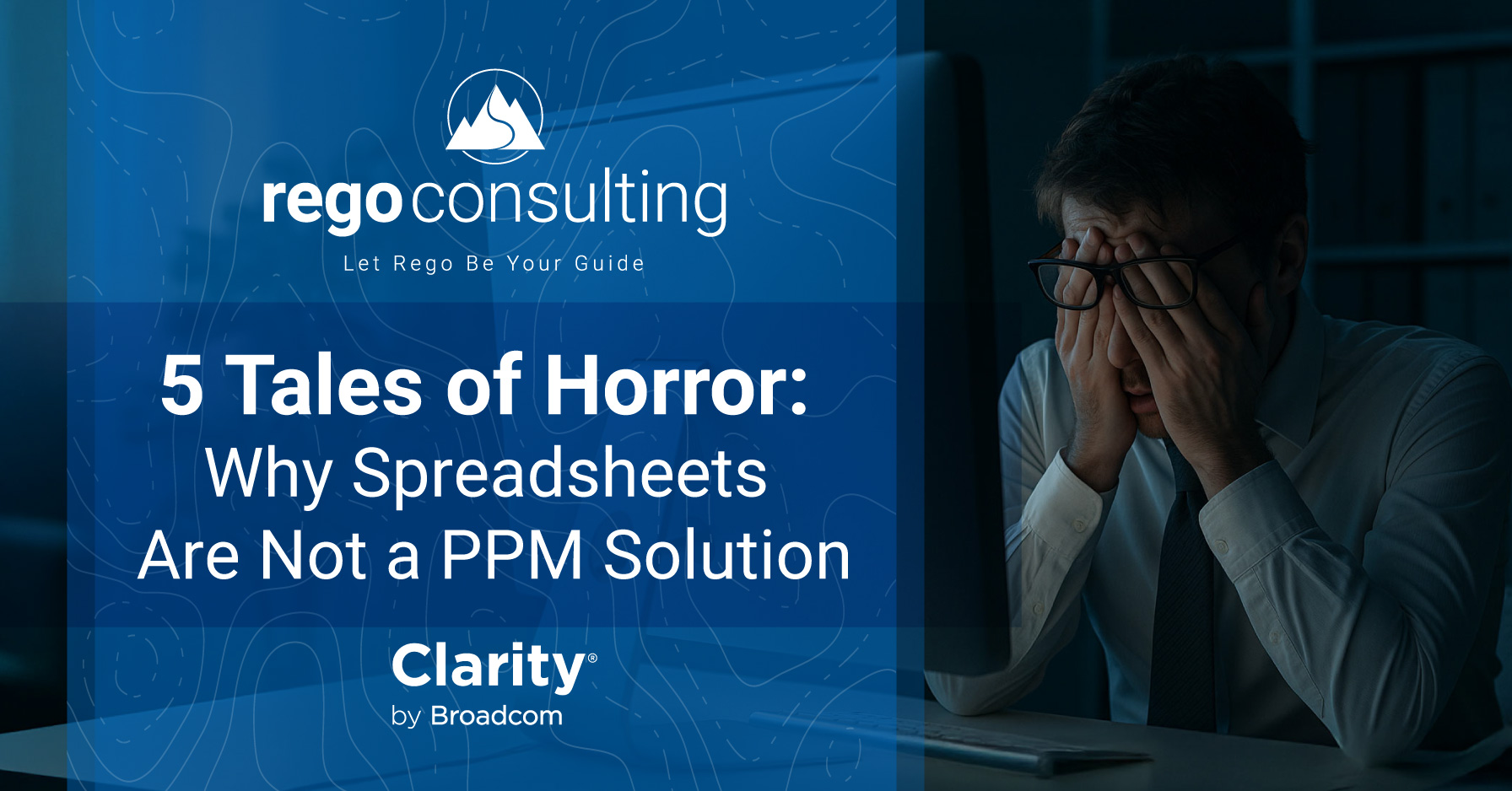The best metrics work for you throughout the entire adoption process. They’re easy to analyze and yield clear decisions. Not only do good metrics create compliance and efficiency, they also let you see tool processes and ensure you’re getting complete data.
As we explained in our last post, CA PPM: Monitoring Performance with Metrics, Part 2/4, the Metrics Development Cycle is a dynamic process that leads to better outcomes over time. In this post, we’ll look at what makes a good metric.
CA PPM: What Makes a Good Metric?
SMART Metrics are Good Metrics
Good metrics are SMART. Meaning they’re Specific, Meaningful, Aligned, Realistic, and Time-based.
You would meet all of these objectives if you described your metric as follows: “Increase the percent of timesheets submitted (compliance) by 10% by the 3rd quarter of this year.”
The metric is good because it’s specific, goal-based, and has a time frame. You want to keep your metric active by looking at it daily, weekly, and monthly—to measure the change over time.
Good Metrics Require Balance and Drilled Down Specificity
SMART Metrics are a good starting point, but there’s far more to making a good metric. The first is balance. A metric will drive behavior, and you want to make sure it’s driving the right person to the right behavior, not swinging a pendulum off-center.
For example, if you have a metric that requires green projects and issues to resolve in a certain amount of time, that metric might drive Project Managers to close issues before they’re resolved. To balance this reaction, put in a competing metric, a metric that will drive the Project Manager’s behavior back to middle ground.
Metrics should also be drilled down with enough specificity that a Project Manager could come to you and ask, “Why am I getting a 4.5?” You can show them the specific data, and the PM can then return to work and change the metric in their favor.
Incentives, Automation, and Positive Framing in Good Metrics
It probably goes without saying that positive incentives and automation are needed. The more manual effort required, the more difficult it is to achieve consistency and timeliness.
In addition to positive incentives, the metric itself should be framed in a positive way. Saying, “I want a project plan that is timely and up to date,” is far better than saying, “I don’t want my projects to be late and behind.”
Good Metrics are Assigned and Lead or Lag
We talked about leading and lagging metrics in our last post. It’s important to measure both—lagging metrics are particularly good indicators.
And when it comes to who owns the metric, make sure it’s assigned—the metric must be monitored and reported on regularly in a forum established for that purpose. The visibility of the metric is paramount. Your executive management team needs scheduled, clear access.
———-
Do you have a metric that worked really well for your team? We’d love to hear about it in the comments below.
If you liked this post, check out this BrightTALK from Daniel Greer, President of Rego Consulting and stay tuned for CA PPM—4 Common Metric Mistakes, where we’ll take a look at Metric Mistakes.
Join our mailing list below.












